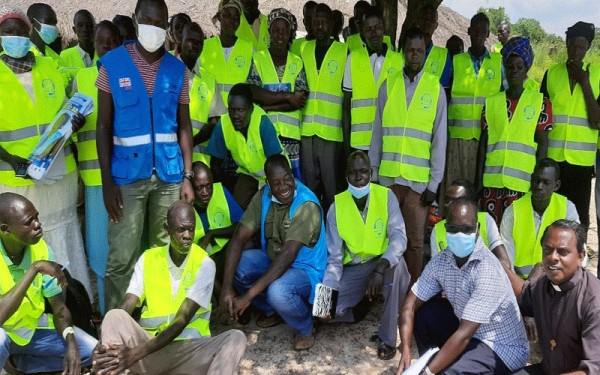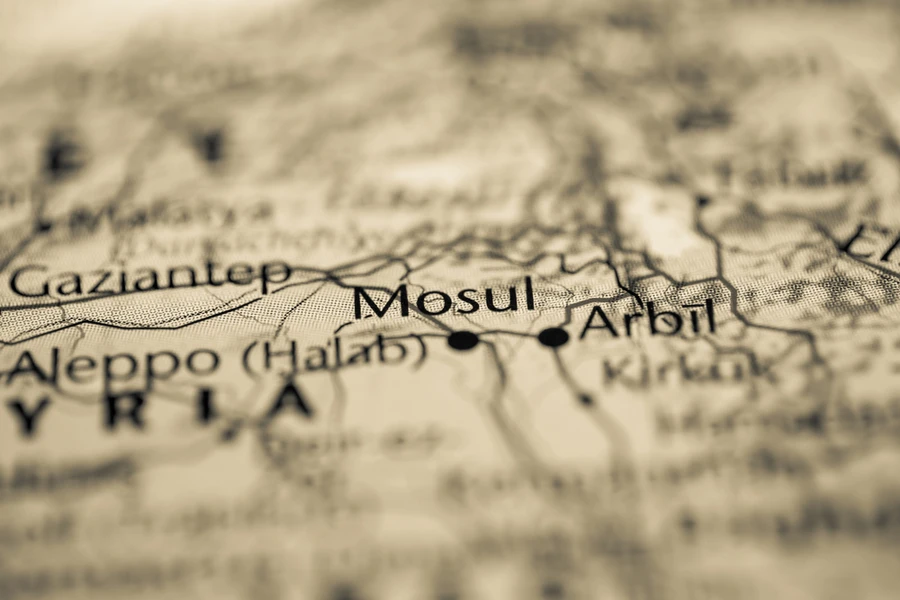
CNA Staff, Jul 16, 2020 / 03:00 am (CNA).- After a violent incident between South Sudanese tribal members in a previously peaceful refugee camp in Uganda, a local priest says that tribes must provide conflict management and education, not produce division.
“Tribes, which can be a good medium to learn cultures, languages and traditions, should not be misused to fuel hatred and discord,” said Fr. Lazar Arasu, the Director of Don Bosco Palabek Refugee Services.
Arasu, a native of southern India’s Tamil Nadu State, is a Salesian priest who has lived in East Africa for three decades.
Most people tend to have only a superficial knowledge of their cultures and traditions, he explained. He underscored the need for people to learn the deeper meaning of culture, tradition and their history in the right way in order to have the right attitude to the institution of tribes and cultures.
The Church, the priest said, “should be an umbrella embracing under her shade people of all tribes and differences. When they remain neutral, they remain the true voice of God.”
The Palabek Refugee Settlement in northern Uganda in the Archdiocese of Gulu. It is home to about 55,000 refugees from nearby South Sudan, the world’s youngest country.
The settlement woke to a rude shock after a violent incident left one person dead and at least 20 injured.
The June 23 incident occurred between two communities of South Sudanese refugees. The clash over a piece of land involved members from the Lango and Nuer communities who live alongside 12 other South Sudanese tribes that have been coexisting at the camp for years.
Arasu is concerned that the background of unresolved conflicts in South Sudan has helped push people into mistrust and suspicion of each other. The mood for conflicts among the South Sudanese, including those living in refugee camps, is heightened by the fact that past conflicts have never been resolved,
“In between the wars, no community dialogue was encouraged; often the peace talks involved only political leaders who held ‘synthetic’ peace deals. Full pledged wars had roots in communities at grassroots,” Arasu said in his reflection, “Building Bridges of Peace in South Sudan,” provided to ACI Africa, CNA’s African news partner.
He called for capacity building among leaders to help them learn the right attitudes to tribes, ethnic differences, and conflict management. This will help end protracted violence.
The Salesians in Uganda participate in peace meetings, counseling and casual visits to the families. This help makes progress to restore peace, especially among refugees seeking safety in the country. The Salesians have assured settlement authorities and security forces of their support and assistance, Arasu said.
“May God continue to help us to build bridges of peace and help us to be bridges of peace and harmony,” said the priest.
Members of the Salesians of Don Bosco have been ministering at the refugee settlement in Palabek for three years.
“They are taking steps to be close to the people, especially those affected by violence, by way of reaching out to them with food and a few other necessities,” said the priest.
At the Palabek Refugee Settlement, the Salesians report, the Acholi are the largest community at 45 percent, followed by the Lutuku at 15 percent and the Lango at 10 percent. Other tribes such as the Nuer make up 3 percent or less.
The Salesians help provide psycho-social support and pastoral care for thousands of Christians. Their four nursery schools educate over 1,000 children, more than 700 children are enrolled in Salesian primary and secondary schools, and other initiatives help support 700 families.
At their vocational training center, 400 refugees and 50 host community Ugandans are students seeking work skills, the Salesians’ news service Mission Newswire reports.
South Sudan’s five-year civil war began shortly after South Sudan gained independence in 2011.
Different parties to the conflict deliberately prevented humanitarian aid from reaching civilians. The policy of deliberate starvation along ethnic and humanitarian lines caused acute food security problems for 55% of the population.
The war killed hundreds of thousands of people and left 2.1 million people internally displaced, with another 2.5 million as refugees abroad, according to the United Nations.
People in South Sudan continue to face serious humanitarian concerns, exacerbated by government corruption, locust swarms, and floods in October that destroyed crops and livestock.
Arasu blamed the protracted violence in South Sudan on tribal politics and “deep rooted tribal hatred”.
He attributed this tribal hatred to several factors. The British colonists sowed disunity among the various communities in South Sudan and favored some tribes over others, a situation that continues to manifest itself in incidences of violence to date.
“This instilled prejudice, jealousy, suspicion and hatred on tribes with larger populations,” Fr. Arasu said.
Under Arab rule, he said, the Sudanese indigenous tribes and people were suppressed on racial and religious grounds.
There has been systematic looting of native wealth and other human rights abuses, perpetrated both by foreigners and by native rulers.
In addition, the priest sees natural tension between different communities based on their different ways of life, such as conflict between pastoral tribes who herd livestock and agrarian tribes focused on agriculture.
Suspicion and mistrust mingled with prejudice can cause irritation and annoyance that can trigger war, causing enormous damage even lasting for years, said Arasu. The danger is “any small incidents such as a little misunderstanding at water-points, playgrounds and markets can be blown into full-fledged war.”
“Having witnessed the bloody past, it is difficult to believe the coming of peace. Down through the decades, numerous peace agreements have been signed and discarded thoughtlessly,” he said.
“Until peace is restored at grassroots there can be no meaningful peace at the national level,” he said. “South Sudan needs peace more than anything else.”
Tribal animosity caused some problems for the appointment of the new Catholic Archbishop of Juba Stephen Ameyu. Some critics presented themselves as leaders of the Bari tribe and objected that he was not a member of the tribe. However, in December 2019 the Juba-based Bari Community Association made clear that these critics’ position did not speak for the entire community.
In January the Republic of South Sudan and the South Sudan Opposition Movements Alliance signed a peace declaration in Rome. Under the peace agreement facilitated by the Catholic community of Sant’Egidio, opposition groups and the South Sudanese government recommitted to cease hostilities, pursue political dialogue, and allow humanitarian aid for the people of South Sudan.
A new government was sworn into office in February.
A version of this story was first published by ACI Africa. It has been adapted by CNA.
 […]
[…]









Leave a Reply